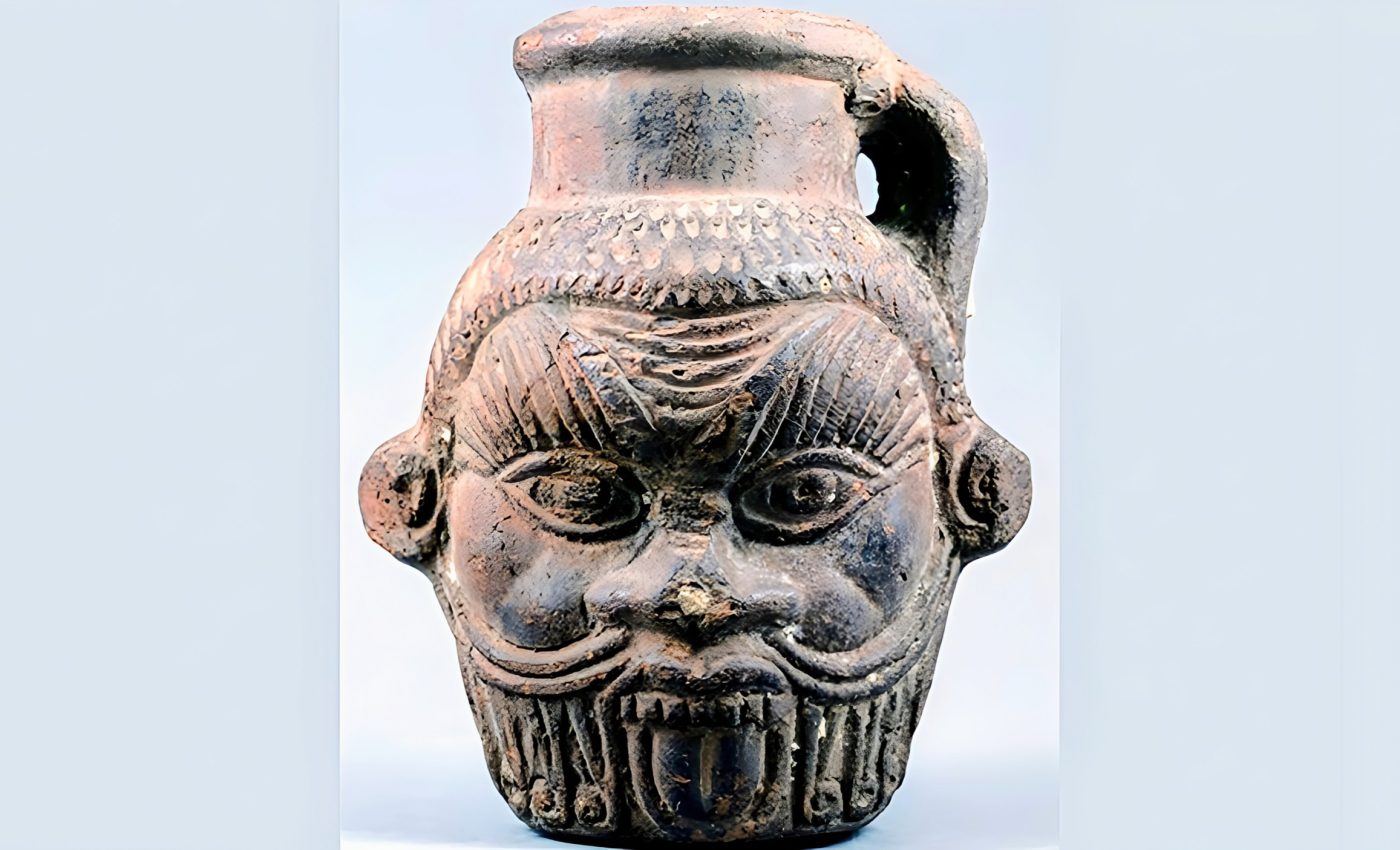
Hallucinogens were used in ancient Egyptian rituals
Egyptian rituals have long captivated the imaginations of scholars and enthusiasts alike, and a recent breakthrough has demystified some of their most mysterious aspects.
In an incredible leap forward for archaeology and anthropology, a new study has provided tangible proof that the use of hallucinogenic mixtures was an integral part of this ancient civilization’s sacred practices.
The physical evidence of hallucinogens was found in an Egyptian Bes mug, a rare relic stored in a collection at the Tampa Museum of Art.
These curious objects are distinctively adorned with the ferocious face of Bes, a protective deity linked to everything from fertility to magical healing.
Tracing the roots of ritualistic practices
This research didn’t materialized overnight. The role of the Bes mugs in ancient Egyptian society has been a topic of debate for a long stretch of time.
“For a very long time now, Egyptologists have been speculating what mugs with the head of Bes could have been used for, and for what kind of beverage, like sacred water, milk, wine or beer,” noted Branko van Oppen, a museum curator at the Tampa Museum of Art.
The ubiquity of the mugs throughout different epochs made it tough to pinpoint their exact use and significance.
The cryptic puzzle finally began to fall into place when researchers from the University of South Florida embarked on an ambitious project to explore the unknown.
“There’s no research out there that has ever found what we found in this study,” said Davide Tanasi, lead author of the research paper that presents the findings.
The team managed to dissect the chemical signatures of a long-dried liquid inside one of the Tampa Museum’s Bes mugs, providing a concrete clue to its past use.
The secret concoction used in Egyptian rituals
The result was nothing short of astounding. The researchers discovered a blend of psychedelic drugs, bodily fluids, and alcohol inside the mug – a ‘cocktail’ likely used in a ritual re-enacting an Egyptian myth.
The mysterious brew was sweetened with popular ingredients of the time like honey, sesame seeds, pine nuts, licorice, and grapes, quite possibly to mimic the appearance of blood.
A glimpse into ancient life
This astounding find has brought to life vivid images of the Greco-Roman period in Egypt.
The historical significance of the discovery underlines the importance of the Bes Chambers at Saqqara, a site apparently frequented by individuals hoping to confirm a successful pregnancy – a perilous phase in the ancient world.
“Egyptologists believe that people visited the so-called Bes Chambers at Saqqara when they wished to confirm a successful pregnancy because pregnancies in the ancient world were fraught with dangers,” explained Van Oppen.
He believes the special brew was likely used in a dream-vision inducing ritual during this fraught period.
This unusual study has helped us connect the dots between myths and reality.
“With this study, we’ve found scientific proof that the Egyptian myths have some kind of truth and it helps us shed light on the poorly understood rituals that were likely carried out in the Bes Chambers in Saqqara, near the Great Pyramids at Giza,” explained Tanasi.
Thus, the shroud of mystery surrounding ancient Egyptian rituals is gradually lifting, one artifact at a time.
Symbolism of Bes in Egyptian rituals
The discovery of hallucinogenic substances within the Bes mug not only sheds light on the practices of ancient Egyptian rituals but also emphasizes the cultural weight carried by Bes, the deity represented on the artifact.
Known for his lion-like visage and protective nature, Bes held an essential place in daily life and spiritual practices.
He was not just a guardian deity; he was seen as a figure that could ward off evil spirits, promote fertility, and bring joy through music and dance.
In ancient Egypt, rituals involving Bes were believed to harness his powerful essence, particularly in times of vulnerability, such as childbirth and healing.
The presence of hallucinogenic elements in the brew suggests that these ceremonies aimed to elevate participants’ consciousness and induce a trance-like state for divine communication or visionary experiences.
Such practices aligned with the belief that connecting with deities like Bes could provide spiritual protection and guidance.
This new understanding of Bes’ involvement in these rituals deepens our appreciation for how ancient Egyptians intertwined the mystical with the tangible, creating sacred ceremonies that reflected their belief in the interconnectedness of the human and divine realms.
The study was published in the journal Scientific Reports.
Image Credit: Scientific Reports (2024).
—–
Like what you read? Subscribe to our newsletter for engaging articles, exclusive content, and the latest updates.
Check us out on EarthSnap, a free app brought to you by Eric Ralls and Earth.com.
—–













